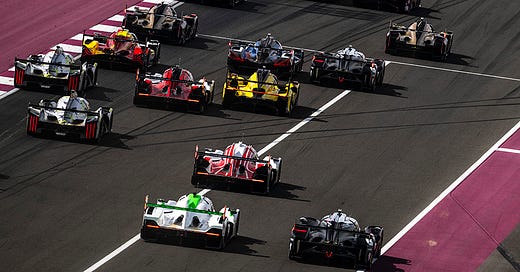Opinion: Is WEC Heading Down Wrong Track With Latest BoP Changes?
Jamie Klein believes the WEC's new-for-2025 manufacturer-backed BoP process change could be leading down a slippery road...
Balance of Performance: it has become a fact of life in many forms of motorsport, including the FIA World Endurance Championship, and even its biggest critics will begrudgingly admit that it is one of the key tenets underpinning the current level of Hypercar OEM involvement.
Last year, after the 24 Hours of Le Mans, I found myself praising BoP for creating the conditions for the thrilling four-way scrap between Toyota, Porsche, Cadillac and eventual winners Ferrari that the fans were treated to. As I wrote at the time, it felt like the race might have marked something of a turning point for perceptions of the system.
And with the notable exceptions of Qatar and Fuji, it felt like the BoP more or less did its job at most races, and certainly helped facilitate a thrilling championship battle.
The idea with the 2024 system was to keep all the Hypercar manufacturers within a certain performance window. It’s understood this was set at 0.2 percent either side of the average, taken from the fastest car of each manufacturer. In essence, the rule makers would aim to keep the slowest car within 0.4 percent of the fastest car, with extra provisions to keep the fastest LMH and the fastest LMDh even closer still.
However, faster cars would find their performance values adjusted more rapidly than those that lagged behind, to disincentivize sandbagging. On this point, it seemed to work.
You might have expected given the success of 2024 that the FIA and the ACO would opt for continuity in terms of the methodology by which the BoP was calculated heading into the 2025 season. If it ain’t broke, don’t fix it, and all that.
And yet, following lengthy consultations with the manufacturers, the guiding principles for the BoP have changed for 2025. And, arguably, not for the better.




